If you were to ask me about U.S. History, I’d probably yawn and doze off. I’ve never had much interest in history, but I’ve always been intrigued by royal families. In the last year, I’ve begun to learn about Nepal’s history, and man is it fascinating. I’m starting to understand why history buffs become obsessed with places. Half the stories about Nepal sound like Hollywood Blockbuster movies. Every time I visit a new city, I’m taken away by the stories behind it. The crazy thing is, it’s not all in ancient times. Some of these insane stories happened in this decade! The best historical places of Nepal are scattered around the country, which creates a very diverse cultural experience. Here’s a few of my favorites.
Bhaktapur
Bhaktapur is considered the “cultural capital” of Nepal and for good reason. Until the late 15th century, Bhaktapur was the capital of Nepal. At the time, Nepal was ruled by the Malla Dynasty. The Malla’s were a Newar family who ruled the Kathmandu Valley from 1201-1779 AD. In 1482, the kingdom became divided when Yaksha Malla passed away and left the kingdom to his three sons. They fought and claimed the kingdoms as their own. Bhupatindra Malla became the king of Bhaktapur. The siblings each wanted their kingdom to be the greatest, and they put an emphasis on craftsmanship including wood carving and pottery making. Bhaktapur has managed to maintain its culture throughout the years and is considered a living museum for this period of time.
Some of the great sites to see include the four squares, numerous temples, the 55 window palace, and many pokhari (small ponds). Bhaktapur is a great place to take cultural classes on wood carving, pottery making, and cooking traditional Newari cuisine. It’s the perfect spot for history buffs interested in seeing the results of the “Golden Age” of the Kathmandu Valley.
For more info, check out my post on Things to do in Bhaktapur

Patan
Patan was one of the three kingdoms ruled by Yaksha Malla’s sons (like Bhaktapur). Although it’s a popular place to see Newari culture created during the Golden Age, Patan has a much longer history. Some historians believe that it’s the oldest city in the Kathmandu Valley. Some believe that it was founded in 299 AD by King Veer Deva, but there’s evidence that it existed well before that time. While it’s predominantly Hindu now, it was originally designed by Buddhists in the shape of a dharma wheel in 250 AD. There are four large stupas surrounding the city and one in the center.
Today, you can visit numerous Buddhist stupas, Hindu temples, see street art, and witness the incredible craftsmanship of the Newari caste.
For more info, check out my post on Things to do in Patan

Kirtipur
Kirtipur is an important city in Nepali history because it was one of the last cities to be invaded before the fall of the Malla Dynasty. Kirtipur sits on a hillside looking over the Kathmandu Valley giving it a unique vantage point for anyone trying to take over the country’s capital. In the 1757, the Ghorka army tried to invade this little city three times before succeeding. They attacked once with no luck. The second time (1764), they blocked the city’s trade routes forcing the people to starve, and then attacked at night. But, the villagers prevailed by throwing stones over the walls.
In 1767, they attacked a third time with the help of a traitor from the city who showed the army a way in. The Ghorka King was extremely mad that it took ten years to conquer this small city. It’s said that he killed anyone of importance and chopped the noses off 800 villagers as punishment.
This little hillside city is a perfect day trip from Kathmandu. There are a few beautiful temples and stupas with views of the Kathmandu Valley and the Himalayas. The winding streets are full of history and there’s even a small museum on Newari culture.
For more info, check out my Kirtipur City Guide
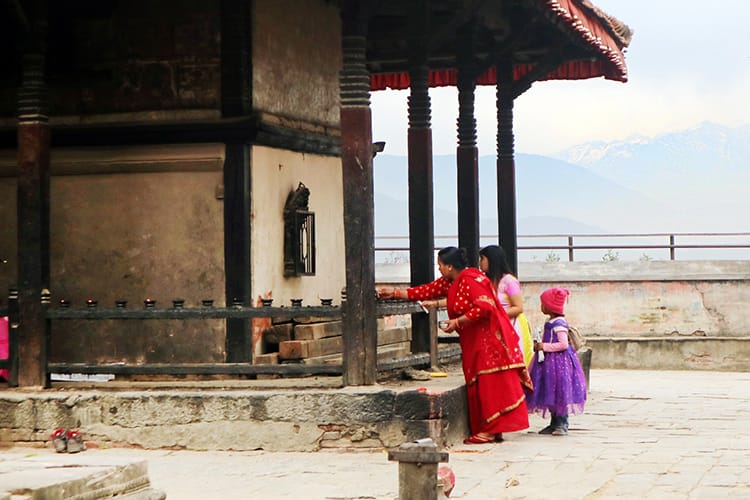
Lumbini
It’s believed that Buddha was born in the city of Lumbini, making it a famous pilgrimage site for Buddhist around the world. Buddha was born in 623 BC and Emperor Asoka erected a pillar in 249 BC mentioning the birth place. The pillar wasn’t discovered until 1896. Since then, many excavations have been done on the area to confirm the authenticity. They’ve since discovered ruins of ancient temples which are now housed in or around the Maya Devi Temple. It’s said there’s a footprint from Buddha when he first began to walk inside.
Visiting Lumbini is best done in the winter when it’s not too hot. Around the original temple, there are a handful of Buddhist temples built by countries all over the world. Many consider the German temple to be the most beautiful. It’s interesting to see the diverse representation of Buddhism throughout the world.
Check out this helpful guide for information on visiting Lumbini.
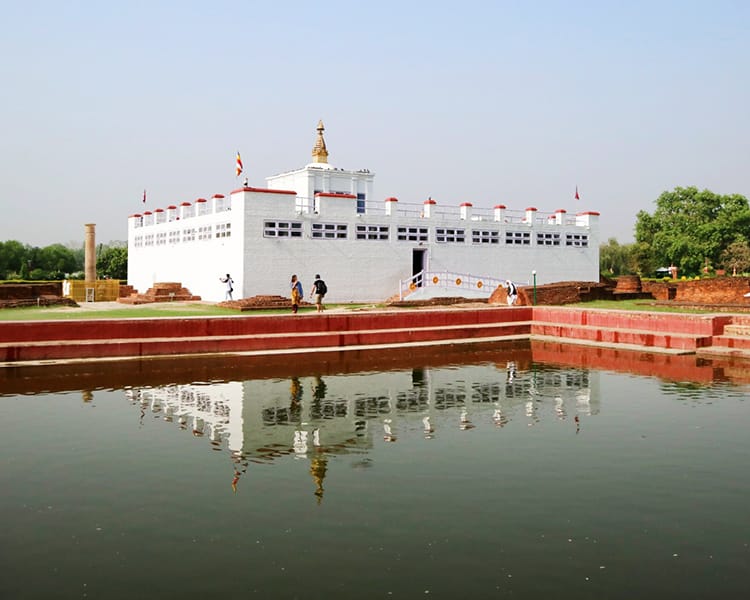
Kathmandu
I hate to state the obvious, but considering how four UNESCO World Heritage Sites are in Kathmandu, it makes sense to mention the capital of the country. Kathmandu has a rich history, but the most interesting part (in my opinion) is something most people skip over. It seems few tourists visit the Narayanhiti Palace which is now a museum. The palace was built by King Mahendra in 1963. The entire palace is unlike any other I’ve ever seen. It’s a strange mix of tiger skin rugs and sixties décor that looks like it was pulled from the set of Mad Men. What makes this place historical is that it was the site of the royal massacre.
The Royal Massacre took place on June 1, 2001. There’s been much speculation about the event, but one of the most popular stories is that the crowned Prince took drugs and shot down most of the royal family at a party because he was forbidden to marry the woman he loved. The King was killed, and the shooter (Prince Dipendra) was declared King while in a coma. He never awoke and died in the hospital three days later, leaving his uncle as the King. He remained in rule until 2008 when Nepal became a republic.
For more info, check out my post on Things to do in Kathmandu
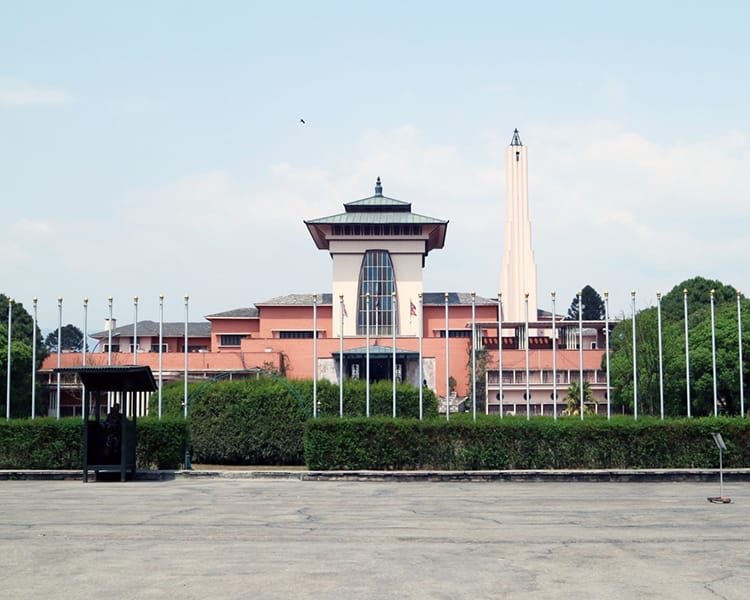
Booking.com
Palpa
Palpa has an interesting historical significance that is much more recent than the others. Palpa was the capital of the Magar Kingdom. It’s believed that Magars are one of the oldest ethnic groups in Nepal. They held a great amount of power in the 16th century, and they almost gained power in Kathmandu. In the 18th century, Magars lost their power and the city of Palpa became a Newar city. It has remained that way since.
During the Nepalese Civil War, Maoists attacked the city several times because it was the district administrative center of the Kingdom of Nepal. In 2006, the Maoists burned the Palpa Durbar Square to the ground. In areas surrounding Palpa and in the Western Region of Nepal, you can still see Maoist propaganda posted on the walls. It’s an interesting place to learn about recent events in Nepal as most of the current residents were present in the city during the attacks. Many were locked inside their homes for days while shooting went on in the streets.
What I love about Palpa is that most of the monuments and large attractions have an engraved sign telling the history of the site. There are a few temples, beautiful viewpoints, abandoned palaces, and a museum to see in the area.
Check out my post on Tansen, Palpa for a list of things to do there.
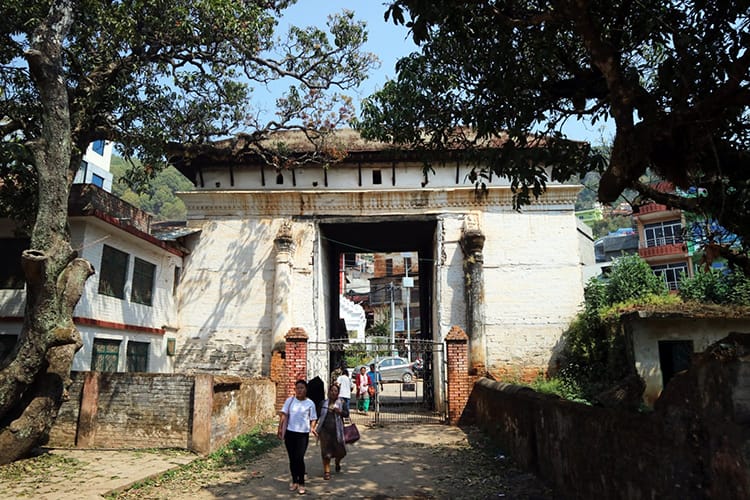
Pharping
Pharping is a short one hour drive from Kathmandu but few tourists ever visit. Among the local crowd, Pharping is famous for religious purposes. The two major caves in this area (Phamting Vajrayogini Temple or Asura Cave and Yanglesho Cave) were used as meditation spots for popular gurus. Asura Cave is known as the place where Guru Rinpoche reached enlightenment, so people come here to meditate hoping to become enlightened themselves. Yanglesho Cave is the location that Guru Rinpoche performed a ritual that ended a three year draught. This ritual is said to be the birth of Tibetan Buddhism which is practiced widely in Nepal.
You might also like…

Michelle Della Giovanna
Writer at Full Time Explorer
I’m just your average New Yorker who quit her job in the fashion industry to explore the world. Come find out what it’s like to trade in five-inch heels for squat toilets.

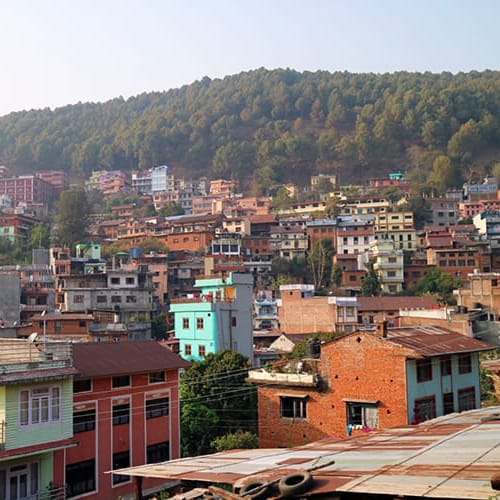
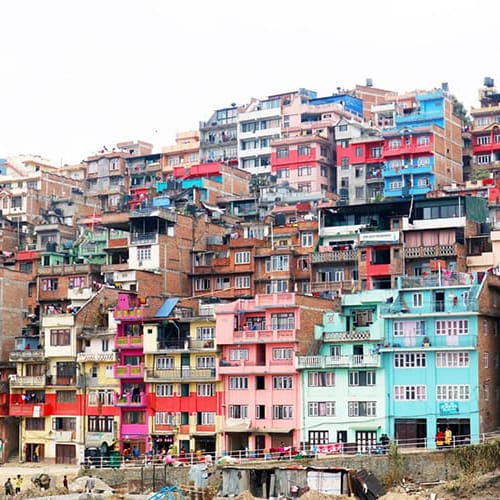
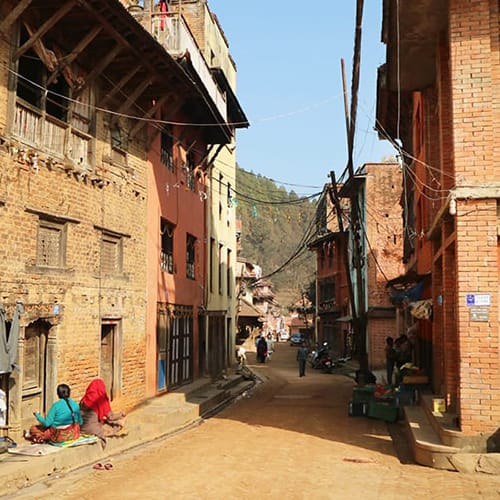
Leave a Reply